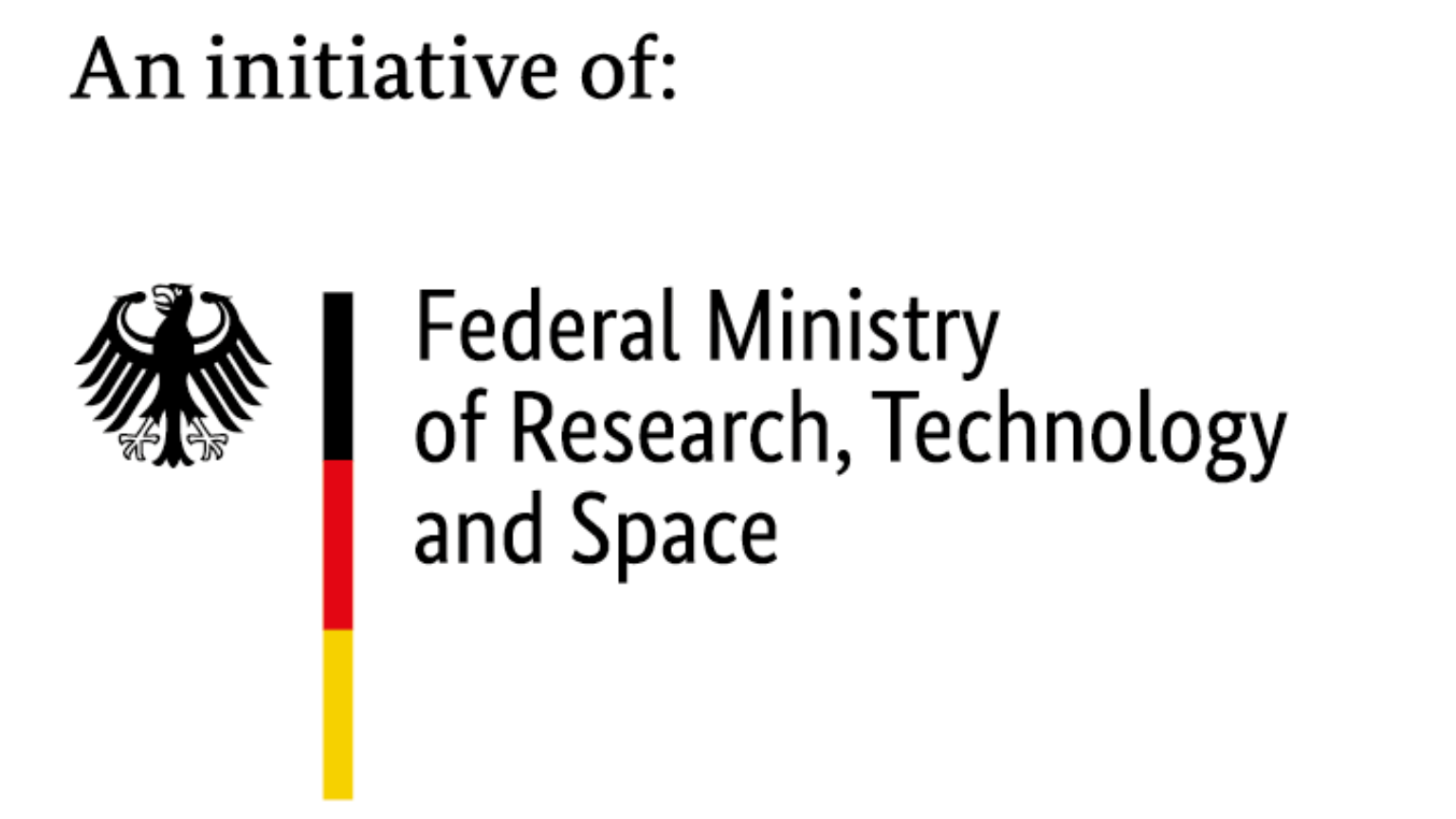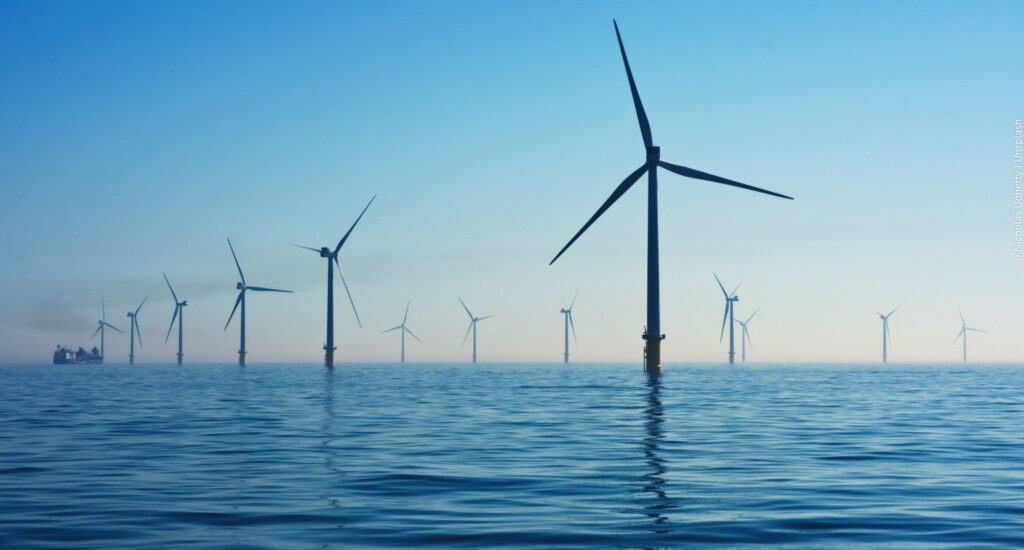
Protection and sustainable Use of the Oceans
The Second Research Mission of the DAM
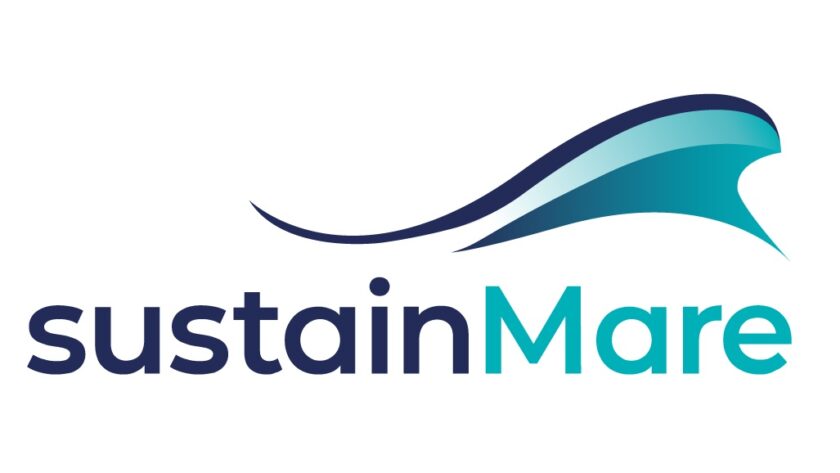
Oceans provide food, energy and raw materials, they are important transport routes and popular tourist destinations. The so-called “blue economy” is one of the fastest-growing economic sectors worldwide. However, climate change, pollution and overuse of ecosystems are increasingly creating problems for coasts, seas and oceans. The effects of different uses can compound each other, along with plastic waste, munitions dumping, pollution and nutrient loading, sea-level rise, warming and ocean acidification. These effects can lead to significant changes in ecosystems and have serious ecological and social consequences.
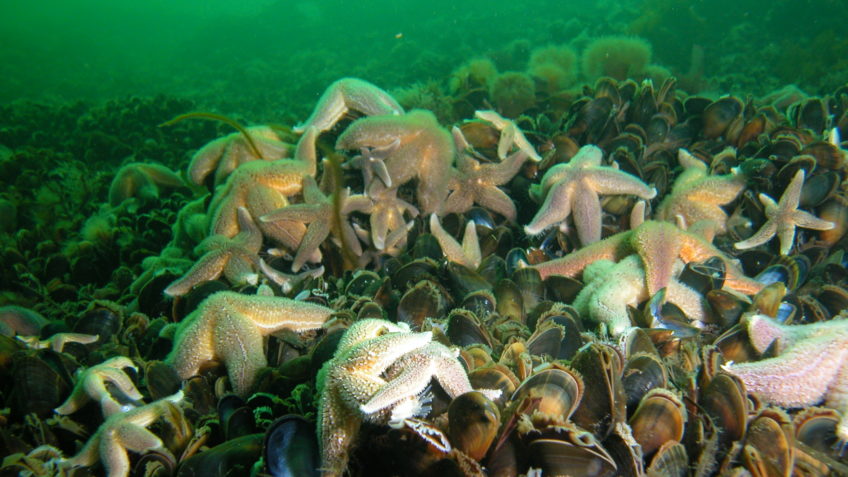
DAM RESEARCH MISSION
“PROTECTION AND SUSTAINABLE USE OF MARINE AREAS”
The research mission aims to analyse and classify the use of and pressures on marine spaces in such a way that a scientifically sound basis is created for decisions by politics, authorities and the economy. A broad-based transdisciplinary research approach is chosen. The provision of concrete options for action and the consistent implementation of measures for knowledge transfer and data provision are intended to ensure the subsequent use of the results in politics and society. In this way, the DAM is fulfilling its mandate to develop science-based decision-making options for sustainable management of the coasts, seas and oceans.
Project partners (Phase II)
(alphabetical)
- Alfred Wegener Institute Helmholtz Centre for Polar and Marine Research
- Carl von Ossietzky University Oldenburg
- Christian-Albrechts-University Kiel
- German Centre for Integrative Biodiversity Research
- GEOMAR Helmholtz Center for Ocean Research Kiel
- Global Climate Forum
- Gottfried Wilhelm Leibniz University Hannover
- Helmholtz Centre for Geosciences
- Helmholtz Centre Hereon GmbH
- Humboldt University Berlin
- Government-Owned Company for Coastal Protection, National Parks and Ocean Protection Schleswig Holstein
- Leibniz Centre for Tropical Marine Research
- Leibniz Institute for Baltic Sea Research Warnemünde
- Leibniz Institute of Ecological Urban and Regional
- Max Planck Institute for Marine Microbiology
- Senckenberg by the Sea
- Johann Heinrich von Thünen Institute
- University of Veterinary Medicine Hannover
- Technische Universität Braunschweig
- Hamburg University of Technology
- German Environment Agency
- University of Cologne
- University of Hamburg
- University of Osnabrück
- University of Rostock
…and other associated partners
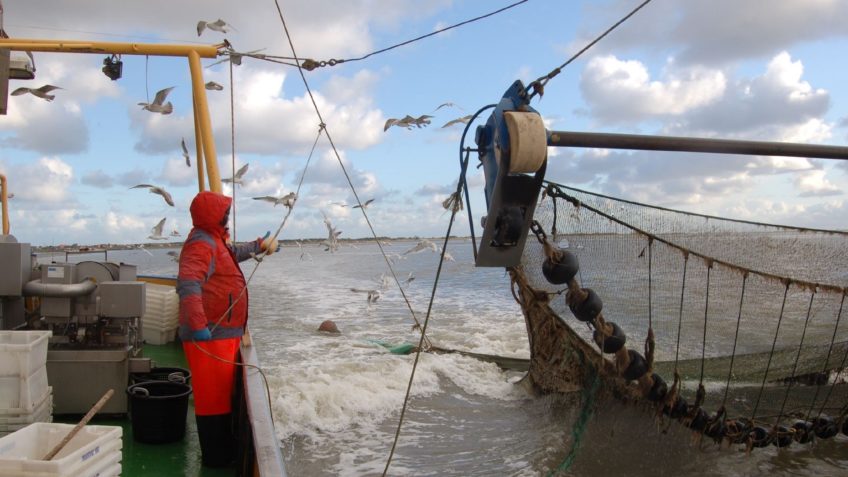
RESEARCH ALLIANCES
In addition to the two pilot missions, the research mission includes five research networks that comprehensively address conflicts of use and protection in marine and coastal areas. iSEAL, SpaCeParti and CREATE address topic area 1 in different research regions. The CONMAR project addresses thematic area 2 and the CoastalFutures project thematic area 3.
sustainMare comprises seven research networks. In addition to the two pilot projects MGF North Sea and MGF Baltic Sea, CoastalFutures, CONMAR, CREATE, iSEAL and SpaCeParti are part of the mission and develop comprehensive utilization and protection concepts in marine and coastal areas.
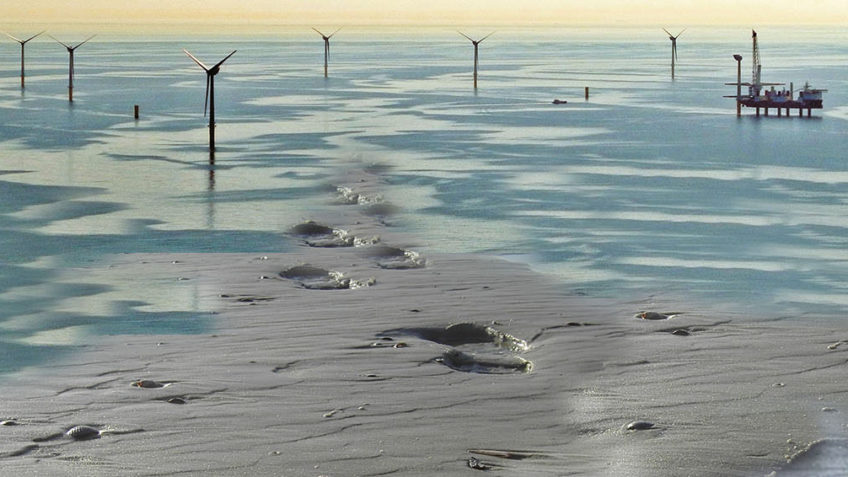
Publication of the Bekanntmachung (in German)
Newsletter
Always up to date with the DAM newsletter. (German only)
